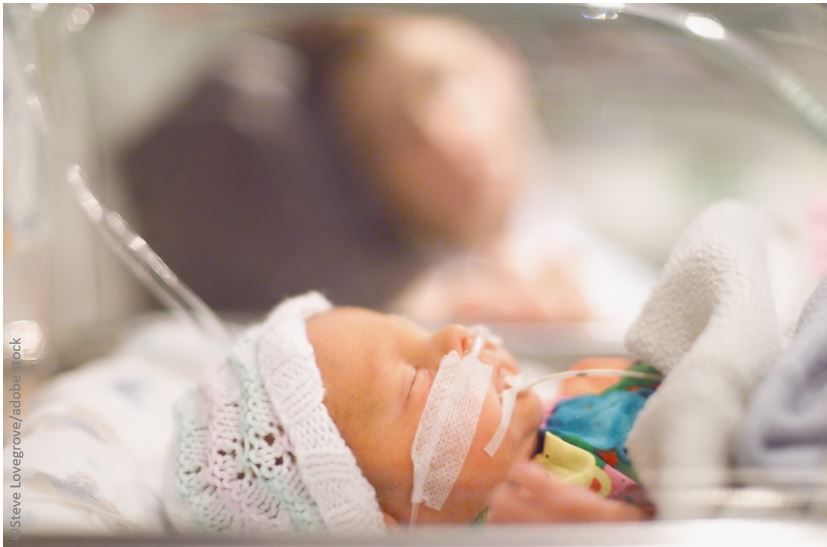Younger Infants and Children Born Prematurely at Highest Risk for RSV Hospitalization, According to New Study
Results showed nearly one-third of hospitalizations for acute respiratory illness among children aged <5 years were associated with RSV.

Younger infants and children born prematurely experience the highest rates of hospitalization for respiratory syncytial virus (RSV), according to new research published in Pediatrics.
Findings from the study of almost 14 000 children aged <5 years in the US with acute respiratory illness (ARI) showed that nearly one-third of ARI hospitalizations among participants were associated with RSV.
“However, most children hospitalized with RSV were otherwise healthy, suggesting that universal administration of safe and effective RSV prevention products may significantly reduce morbidity among children in the United States,” wrote first author Aaron Curns, MPH, of the US Centers for Disease Control and Prevention (CDC), and colleagues.
While it is known that RSV is the leading cause of hospitalization among US infants, “the true incidence of RSV-associated hospitalization rates in children may be underestimated because of limited clinical testing,” stated Curns and coauthors.
Approximately 20 years ago, the CDC established the New Vaccine Surveillance Network (NVSN) in order to monitor the burden of ARI in children at 7 pediatric medical centers across the US. Although the NVSN previously published the burden of RSV-associated hospitalization in children aged <5 years, they conducted the current study to provide “updated population-based estimates of RSV-associated hospitalization from December 2016 through September 2020,” wrote researchers.
Investigators also compared the characteristics of children hospitalized in the intensive care unit (ICU) to those of children who were not in order to understand what factors increase the risk of severe RSV.
“We interviewed parents, reviewed medical records, and tested midturbinate nasal ± throat swabs by reverse transcription polymerase chain reaction for RSV and other respiratory viruses,” added researchers.
FINDINGS
Out of 13 524 patients with ARI, 4243 (31.4%) were RSV-positive and 2751 (64.8%) of those children had no underlying condition or history of prematurity, according to the results.
The average annual RSV-associated hospitalization rate was 4 per 1000 children (95% CI 3.8-4.1), and the rate was highest among children aged 0 to 2 months old (23.8 per 1000 children; 95% CI 22.5-25.2) and decreased with age.
Researchers observed that children born prematurely were nearly twice as likely to be hospitalized compared to term children (rate ratio=1.95; 95% CI 1.76-2.11).
According to the results, risk factors for ICU admission among RSV-positive inpatients included being aged 0-2 and 3-5 months (adjusted odds ratio [aOR] =1.97, 95% CI 1.54-2.52 and aOR=1.56, 95% CI 1.18-2.06, respectively, compared with those aged 24-59 months), prematurity (aOR=1.32, 95% CI 1.08-1.60), and comorbid conditions (aOR=1.35, 95% CI 1.10-1.66).
“Until recently, palivizumab, a monoclonal antibody product, was the only available product to protect infants at high risk for RSV-associated severe disease. Nirsevimab is now recommended for US infants < 8 months old during or entering their first RSV season and for children 8 to 19 months old at increased risk for severe RSV entering their second RSV season. Additional prevention products in late clinical development may be recommended for infants or pregnant women in the near future,” wrote Curns et al.
Source: Curns AT, Rha B, Lively JY, et al. Respiratory syncytial virus-associated hospitalizations among children <5 years old: 2016 to 2020. Pediatrics. Published online February 1, 2024. doi:10.1542/peds.2023-062574